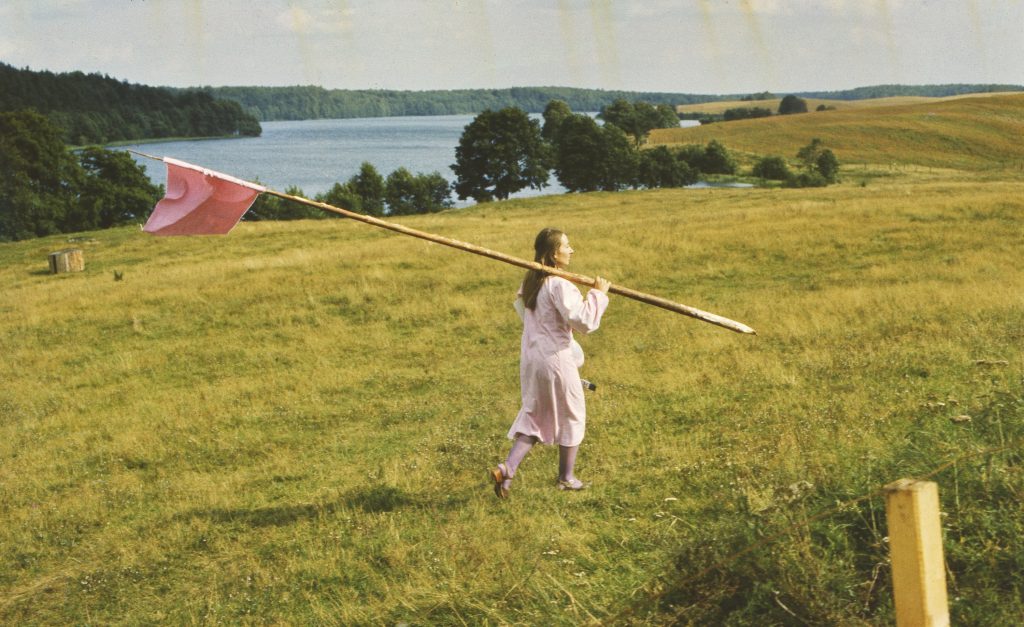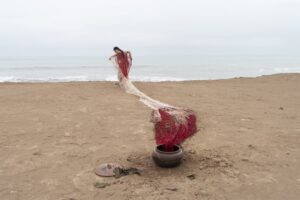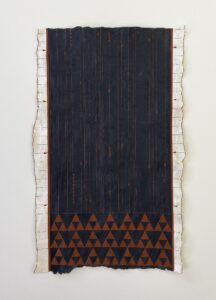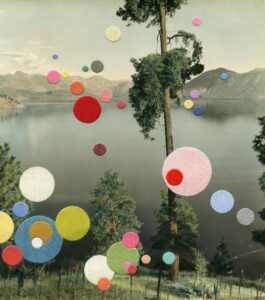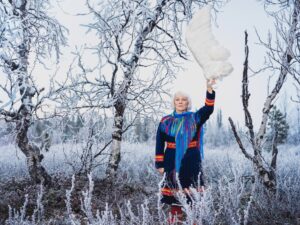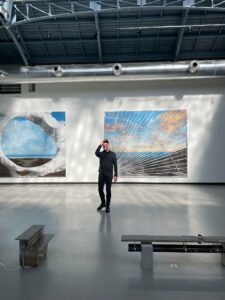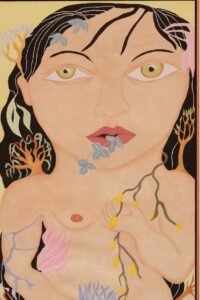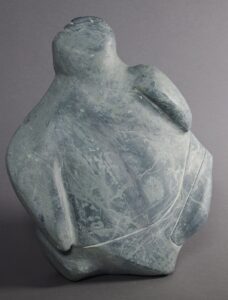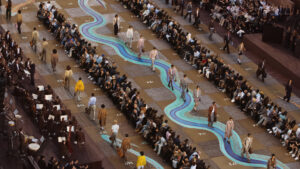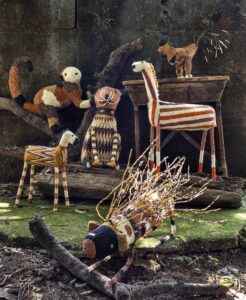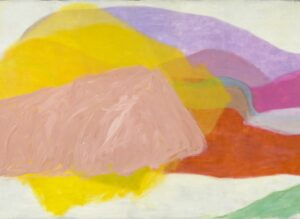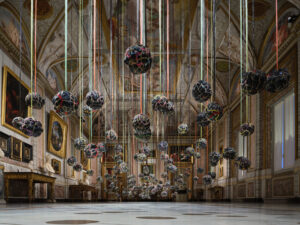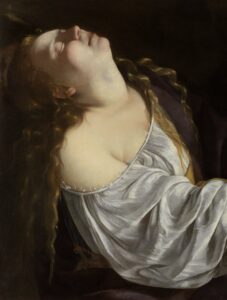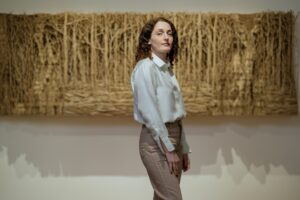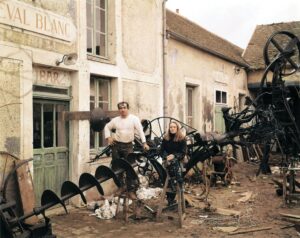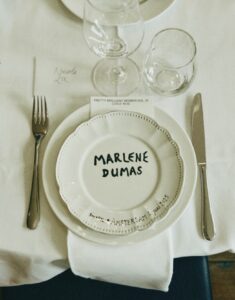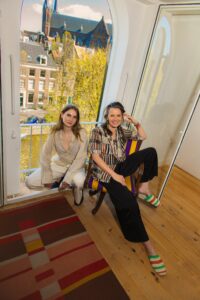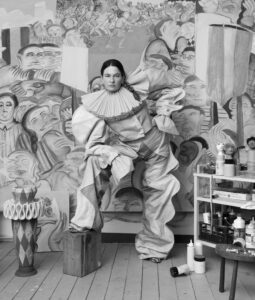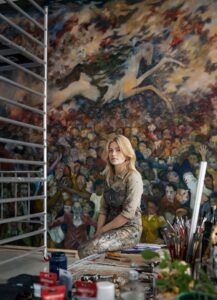On Being a Woman in the Arts
Editor’s Letter #38
I love the silhouette of her body. I love the things she surrounds herself with. I love the passions and responsibilities that come with her being. I love motherhood, the voice of integrity that emanates from her artistic work, and even the hardships she bears – and often overcomes – in solitude: her pent-up sense of guilt and insecurity, an inadequacy that chases in gusts across her fields like a chasing wind.
‘What is a woman?’ Virginia Woolf wondered in 1931: ‘I assure you, I don’t know… I don’t believe anyone can know until she has expressed herself in all the arts and professions open to human skill.’ ‘What is a woman?’ I ask myself. To ask the question is to define her being – and that which is defined is bounded. But ut is not ultimately about what a woman is, but who and what she can become: a goddess. Here. Now. With this issue about goddesses, we want to celebrate her divine qualities and her exceptional, artistic voice.
In 2018, we made our first issue dedicated to women in the arts, on the occasion of the centenary of women’s suffrage in the Netherlands in 2019. I spoke bold words to the editorial team: ‘With this issue, we will celebrate the fact that there will never again be a need to make an issue about women.’ I was sure of it. We had seen so many remarkable women artists around us – but I was blind, and hopelessly naive.
Research showed that we, editors, had been living in a sweet bubble, because the story of women artists is a chronicle of exclusion: no women in E.H. Gombrich’s acclaimed The Story of Art (1950), no women in H.W. Janson’s classic History of Art (1962). Things were not much better in the reprints – let alone in museum galleries, where women artists were rarely on display.
Art historians like me had been trained with half the knowledge and half the truth – an art history without the creative power of women is a kind of ‘fake news’, carried unquestioned all the way into the lecture halls. We had spent all this time looking at art with one eye closed. How was this possible? What would we see if we opened both eyes? We knew what to do: we would make whole what had long been half with Pretty Brilliant: Women in the Arts (2020-2025), a three-part series, of which the last volume lies before you now. Conceived as a counterpart to Janson: 750 pages, 583 artists, 80,000 hours of research. What began as rebellion would end in devotion.
This is the Editor’s Letter of See All This #38: Pretty Brilliant Women in the Arts vol. III. Order a copy here.
